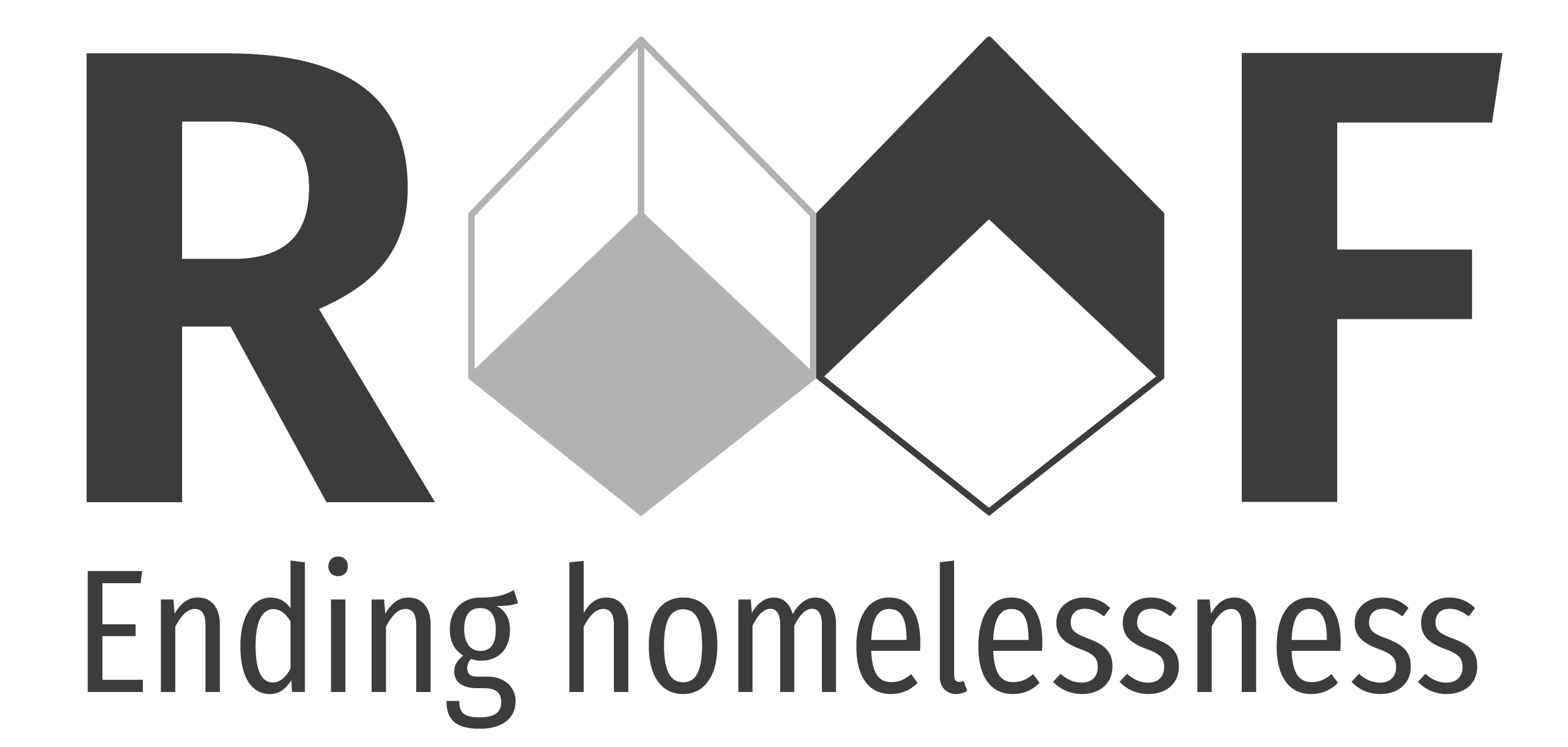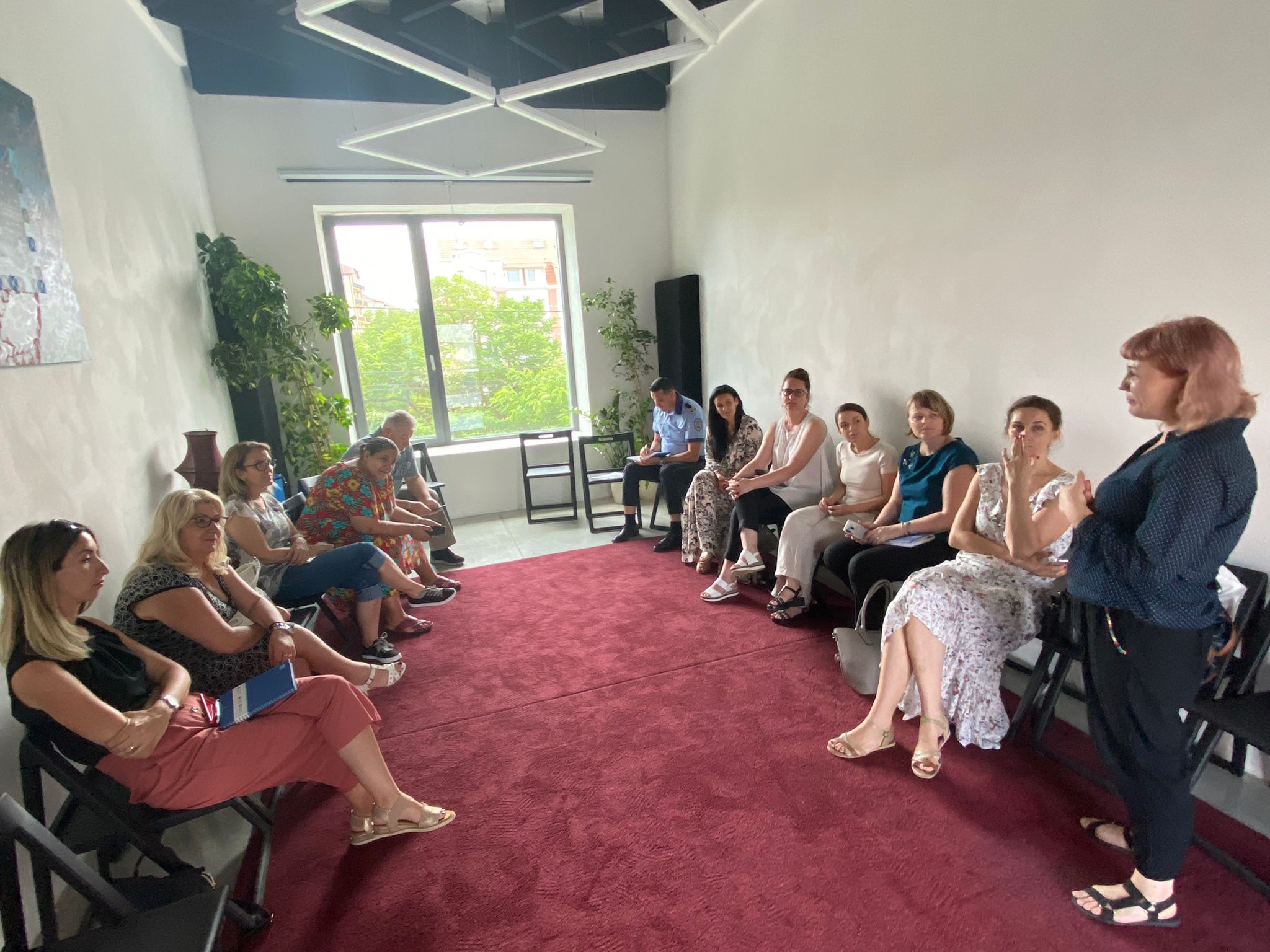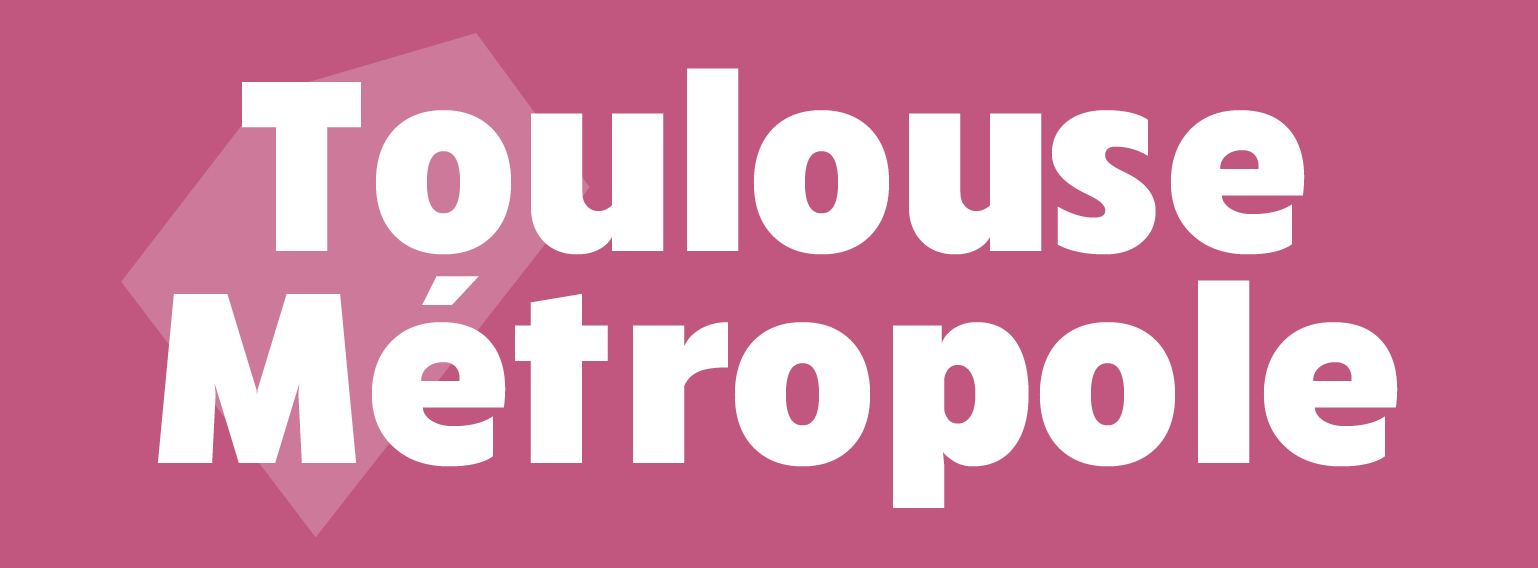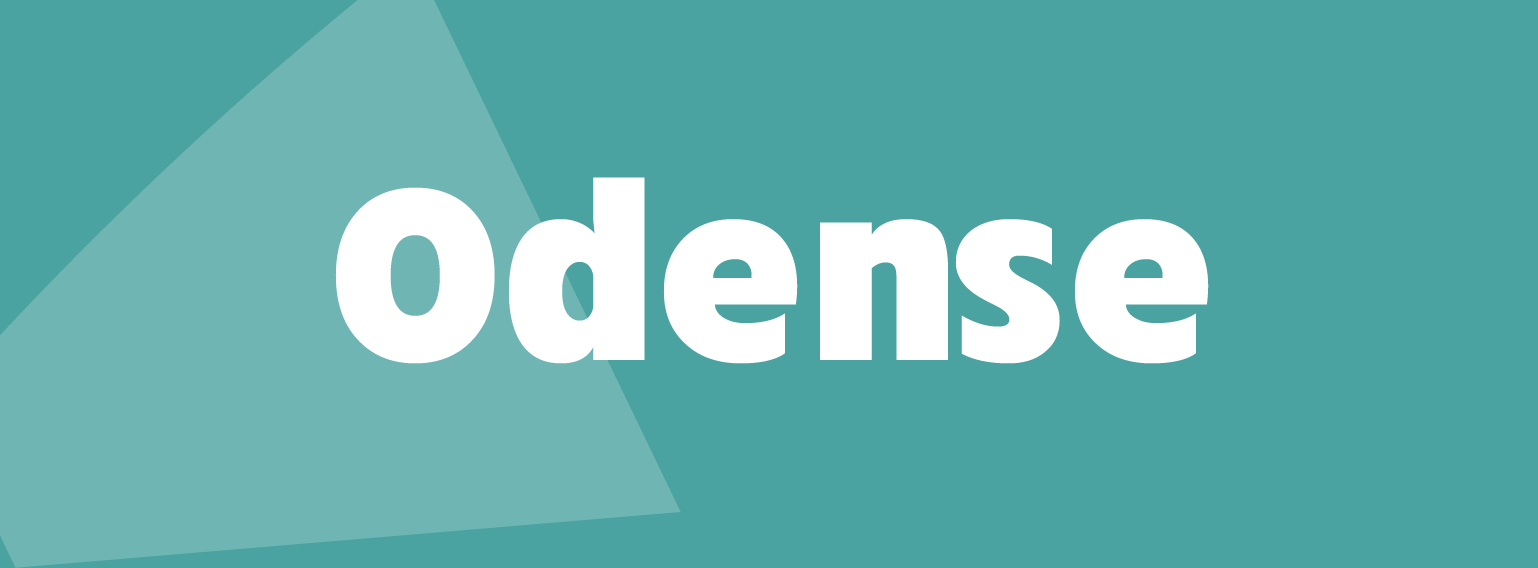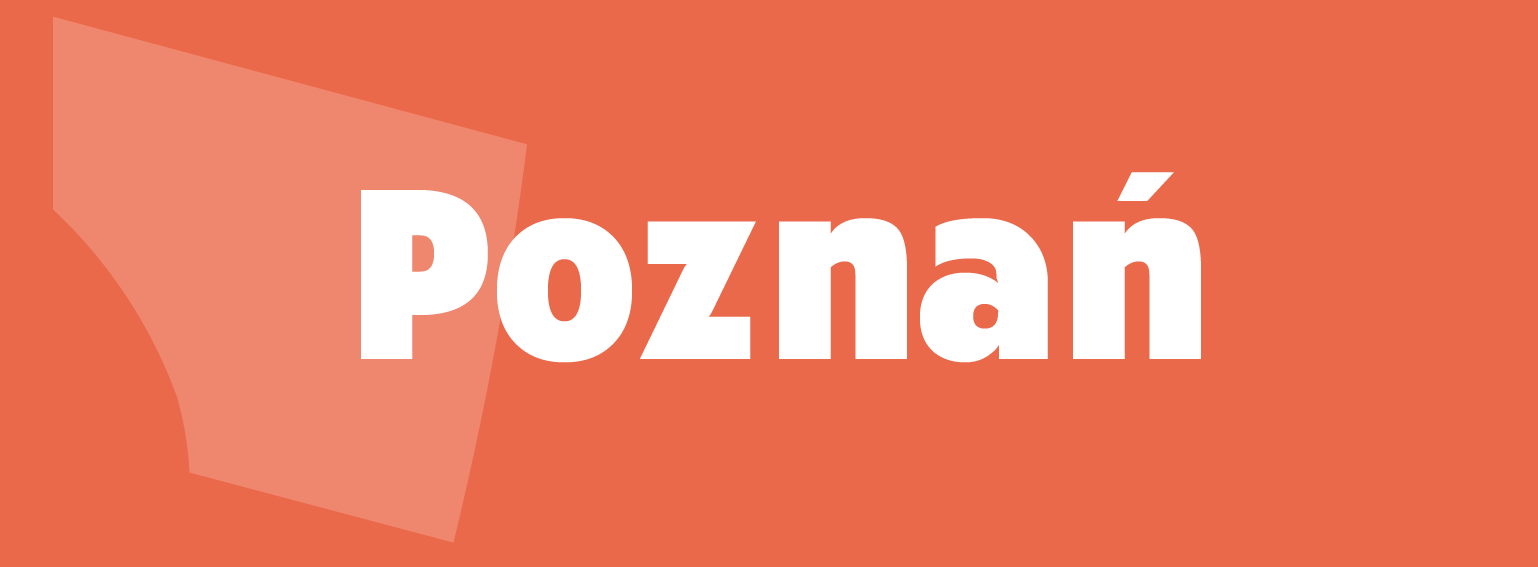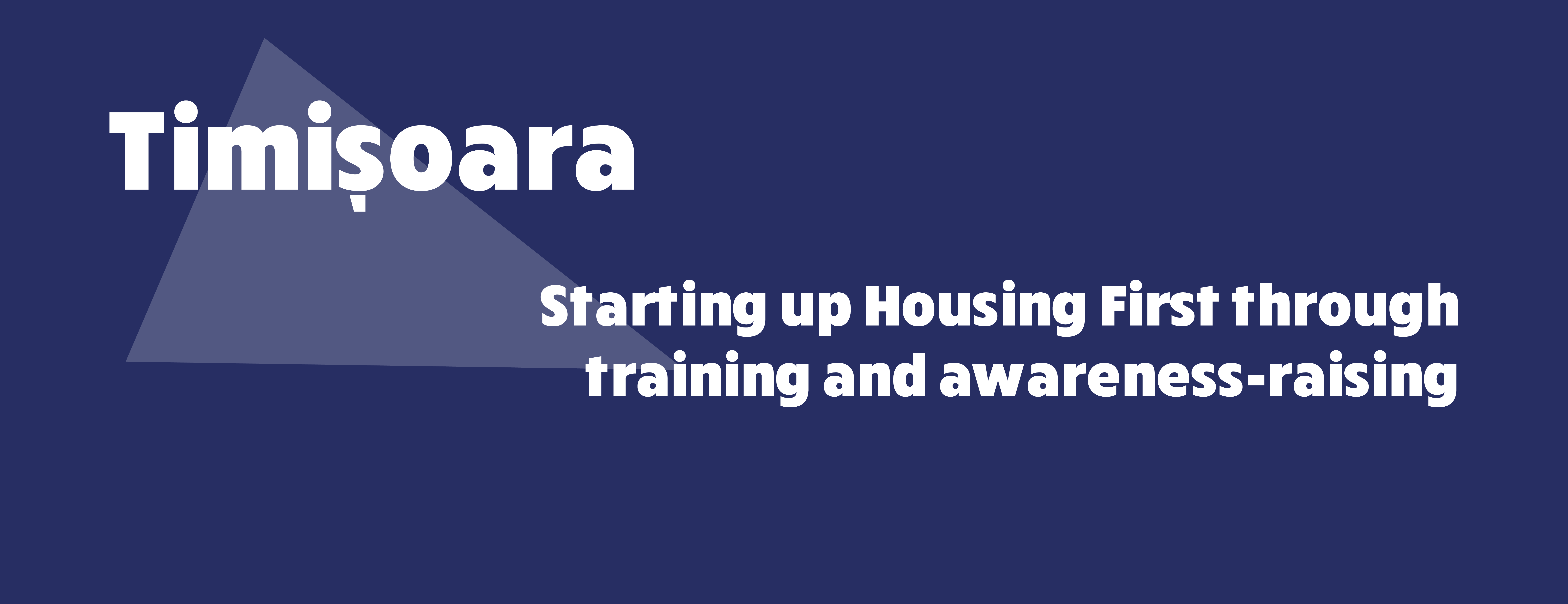
"We were aware of the challenges faced by homeless and people with multiple social vulnerabilities when trying to find a home and wanted to know how other cities face similar challenges."
City background
Timișoara, the largest city in West Romania, is one of the country’s main industrial, commercial, financial, and academic centres. Being a multicultural city with a continuously growing population, Timișoarais among the first five economically developed cities in Romania with low unemployment and low poverty rates and an existing number of 1,519 social housing units. However, recent economic growth leading to a rise in housing and living costs has brought a heavy burden on most people, leaving 1,500 inhabitants homeless.
Faced challenges and strategies
DDSA Timișoara, a public agency set up by the municipality, provides various social services to over 7,000 citizens annually. Moreover, several national benefits are available to the low-income and incomeless populations. The city also provides a Local Strategy for Development of Social Services with an objective of fast and efficient interventions for homeless people and their social integration. Despite the existing efforts, many migrants moving to Timișoara for its development and in search of jobs, are unable to earn enough money to cover their expenses, causing them to live with friends, extended family, and in some cases on the streets. This challenge directly relates to a lack of sufficient social housing. The existing social housing is in bad shape and the units are often too small for their number of occupants. On the other hand, the several housing programmes assisting young people with housing needs, are mainly targeted towards medium or high-income people.
Activities during the ROOF network project
Lack of national or local strategy regarding homelessness, lack of data accuracy and lack of knowledge on Housing First (HF) have led to the current general approach to homelessness of mainly emergency and staircase model. Therefore, the ROOF project was a great opportunity to unite forces, bringing together public and private organisations. The Urbact Local Group (ULG) has aimed to develop a strong partnership between different actors. The members meet regularly and are involved in establishing local objectives, deciding on Small Scale Actions (SSA), participating in their implementation, and co-producing the Integrated Action Plan (IAP). Moreover, the SSA focus has been mostly on increasing awareness around the HF approach through training sessions, the launch of a website, and translation of the HF Guide Europe in Romanian.
"Of no less importance was our work in the ULG, with most of the local professionals learning for the first time about Housing First and starting to think about approaches outside the staircase model".
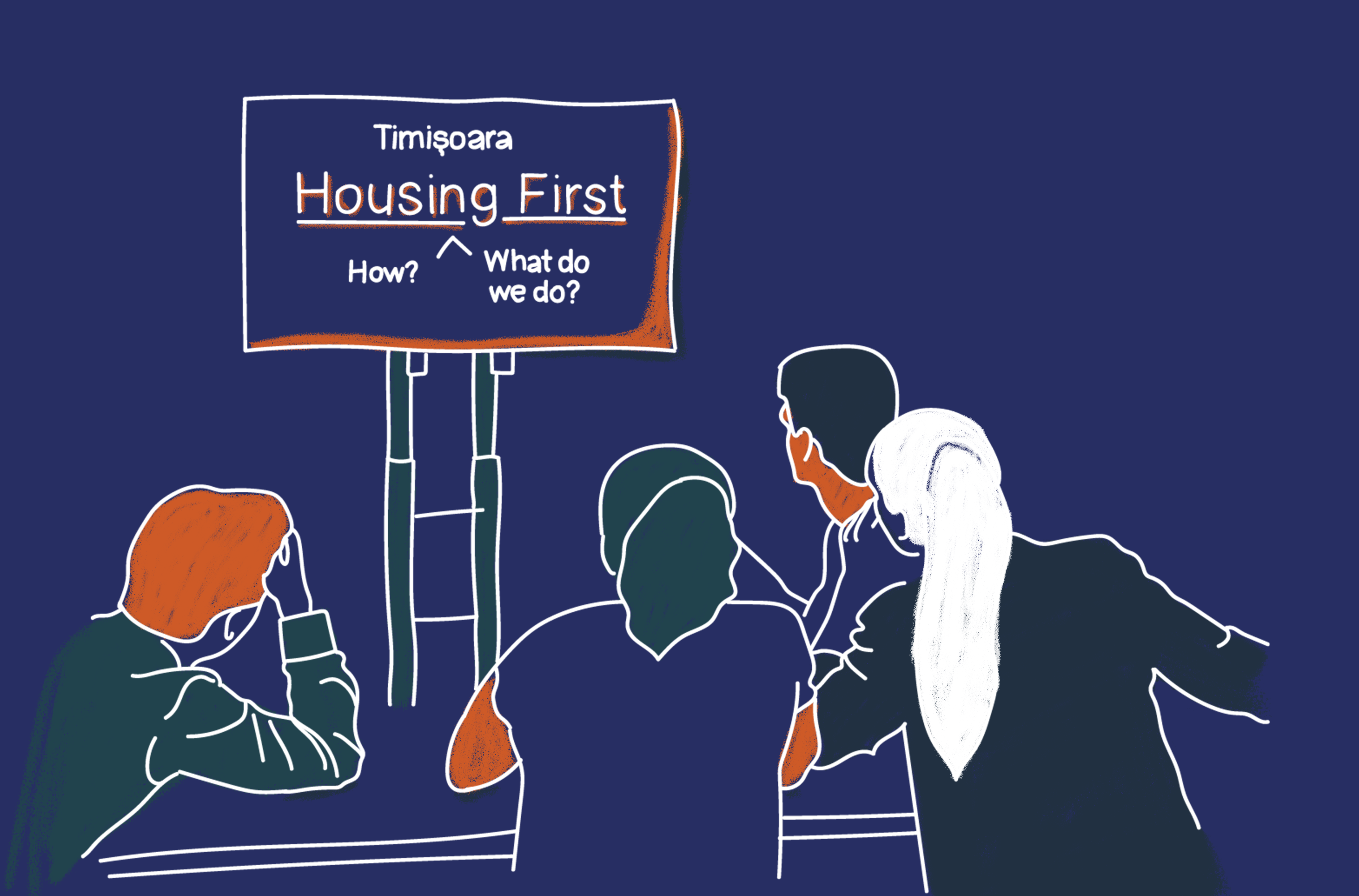
Small Scale Action
Increase knowledge on Housing First and testing HF approach in Timișoara
Special Training sessions for a specific group of employees. A website about HF with available materials, tools, links.
Timișoara has no previous experience in Housing First and most of the local stakeholders have no knowledge about the method and its benefits. The city joined ROOF to have the opportunity to exchange with other European cities and bring the experience to the local context. Through the SSA there will be training offered to a specific group of employees that may become ambassadors of the method and spread it in their organizations. The work will be completed with a dedicated website collecting information, materials, tools and links translated into the local language and making it more accessible.
"As a city we want to significantly reduce the number of homeless through a Housing First approach. To do this we need to increase the social housing stock and the homeless access to social housing, to find innovative solution in the private sector and through NGOs interventions for affordable housing and to start to subsidize low income citizens for housing access. We also want to improve our data on homelessness and to start collecting qualitative data and in the same time to start annual street counting. We also want to gain community support for Housing Frist approach and intend to continue advocating for these approach at local model. In the same time we saw from other cities experience how crucial is to have national support for Housing First, so we intend to advocate at the national level for the HF to be considered as the best approach for reducing homelessness".
Timișoara's Integrated Action Plan
Currently, the general approach to homelessness is mainly the emergency and staircase model coupled with tailor-made assistance. The city will proceed on drawing up an accurate and achievable IAP and advocacy for the Housing First approach at the national and local level while adapting the Housing First approach to its context.
The ULG, composed of different stakeholders (public, private, and civil society), is involved in delivering services or in working on increased knowledge and policies for homelessness to reduce /end homelessness in the city.

Timișoara’s action plan relies on three objectives: reducing the number of homeless people by 2030, improving the local homelessness policies through a better understanding of homelessness and raising awareness of housing and homelessness issues through advocacy. Achieving these objectives will be made possible through a set of actions that are summarised here:
Data
•Collecting quantitative and qualitative data on different categories of the homeless
•Organising annual street counts
Housing
•Promoting the HF approach as the most efficient method to end homelessness
•Collaborating with the Municipality’s Housing Department to increase access to the social housing stock
•Implementing innovative housing projects with private funding or EU-funded projects
Support
•Providing support for no/low-income citizens with no access to housing with rent subsidies from the local budget
Prevention
Carrying out advocacy actions:
•to change the Housing Law and to prioritize the most vulnerable citizens for receiving social houses
•for a National Housing and Homelessness Strategy, National Action Plans and financing programmes
•at the local level to raise awareness
Focus on Timișoara (RO) - How knowledge can contribute to fighting homelessness
Timisoara decided to join the ROOF network because, like in many other European cities, homelessness is more and more present and we wanted to learn new ways towards ending it. Housing First approach to end homelessness is seen as the most effective especially when working with people with complex social needs. During the transnational meetings we could see good examples of how this approach is used in more than half of the cities from the ROOF network to successfully improve the life of people and take them out of homelessness. Still Romania and Timișoara were not familiar with the Housing First approach and most of the URBACT Local Group members never heard of it. So, we decided that in order to draw an accurate and achievable Integrated Action Plan we need to use the Small Scale Actions to gain more knowledge on Housing First approach...
Art and Homelessness
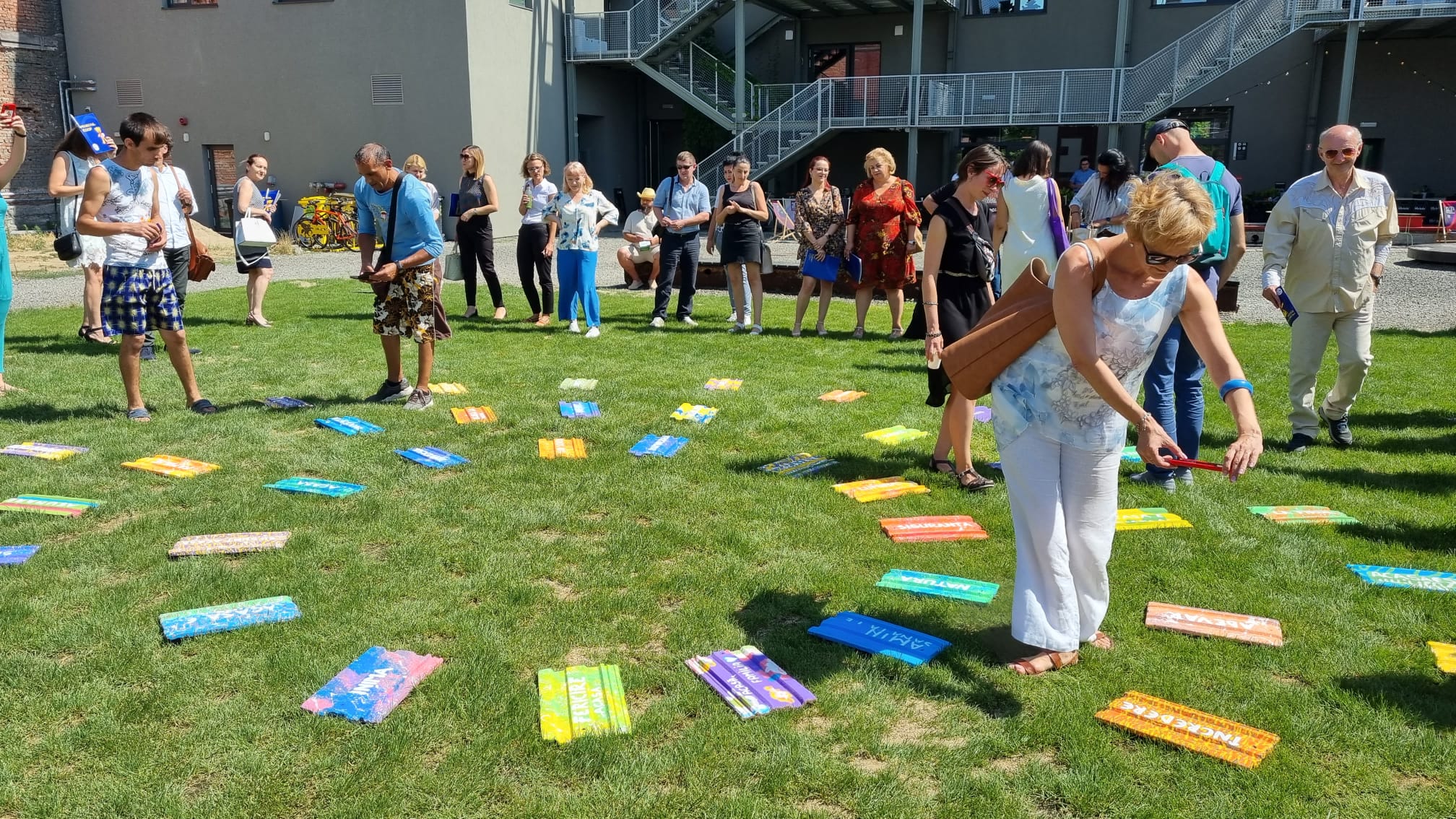
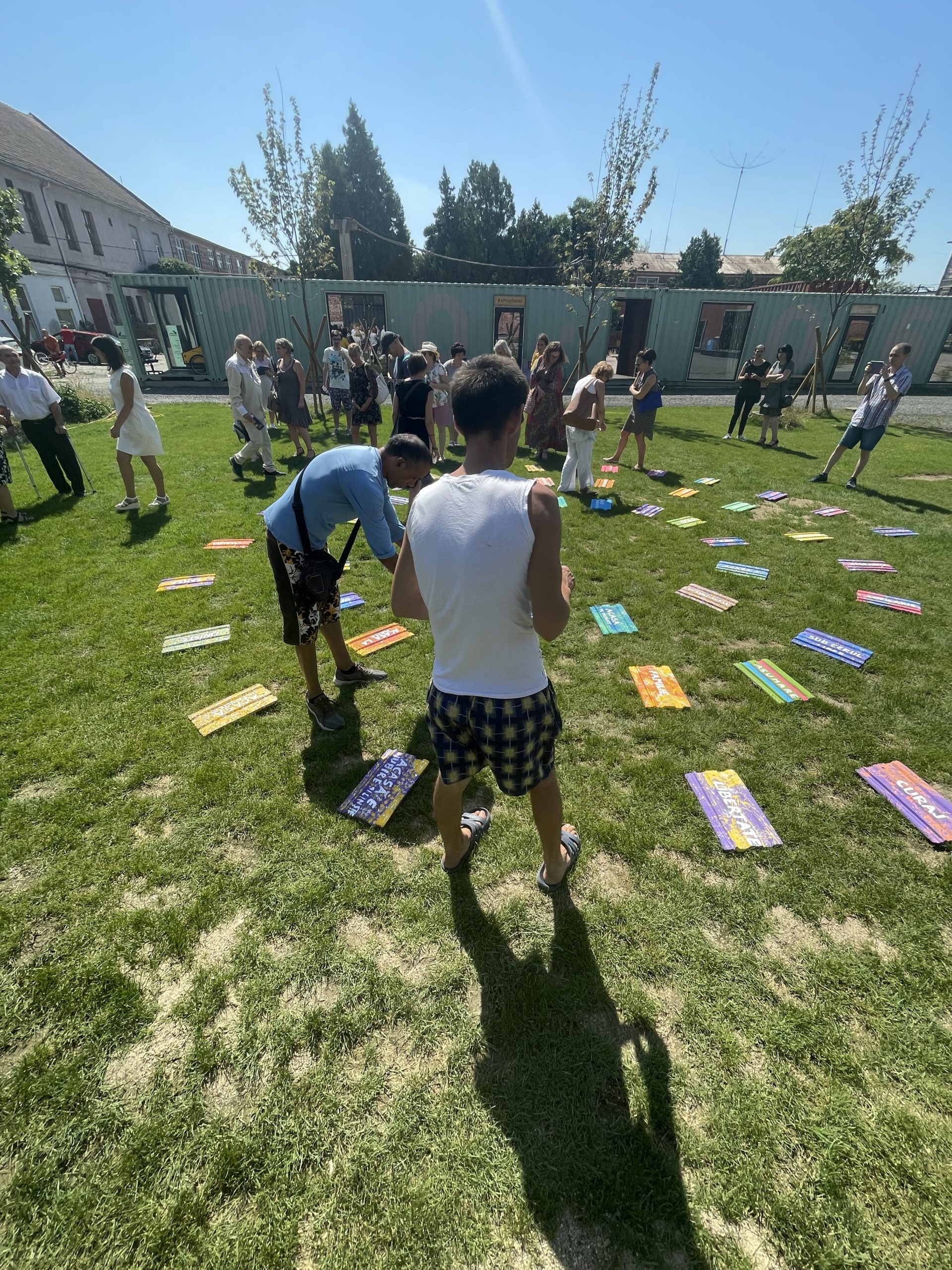
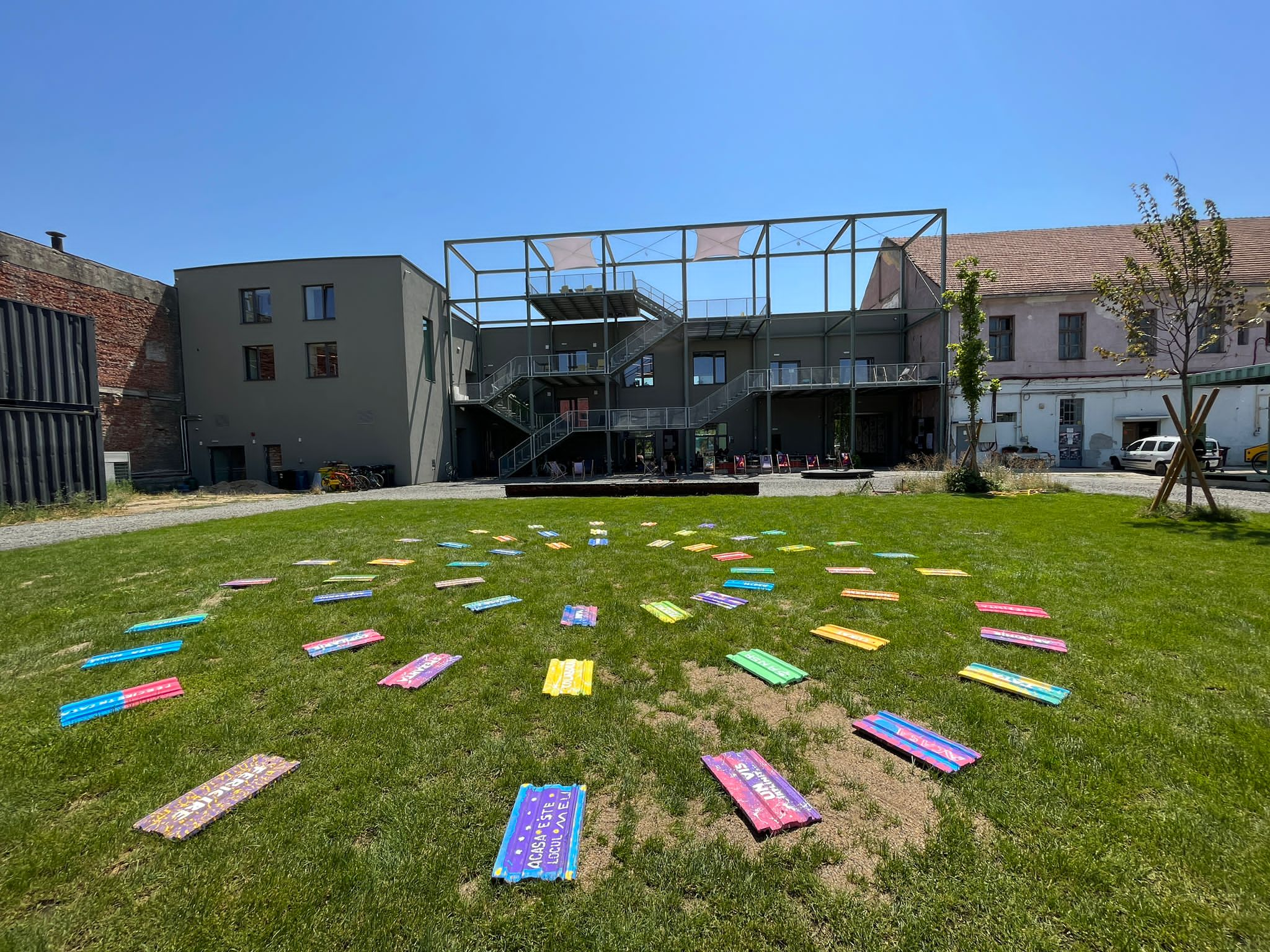
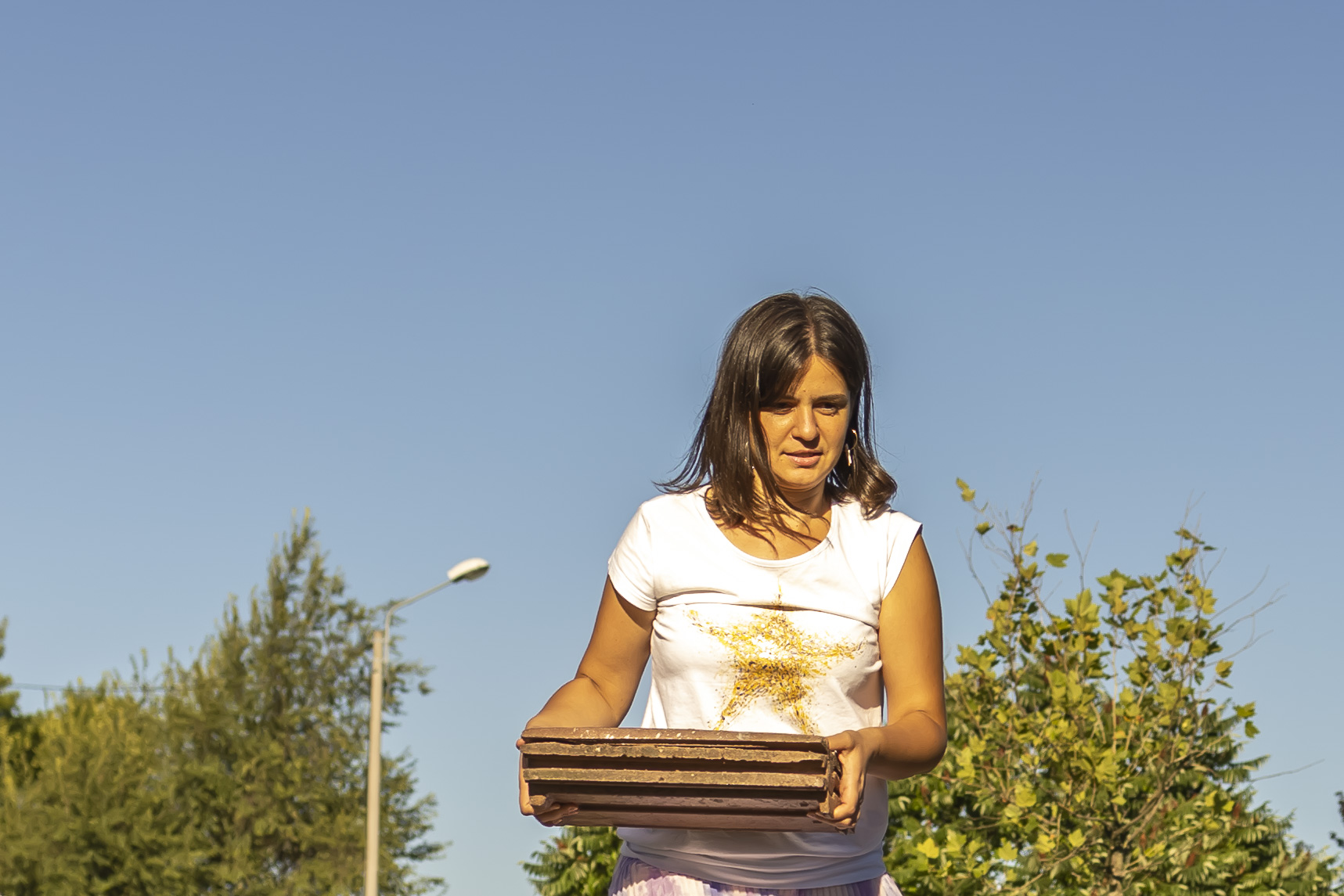
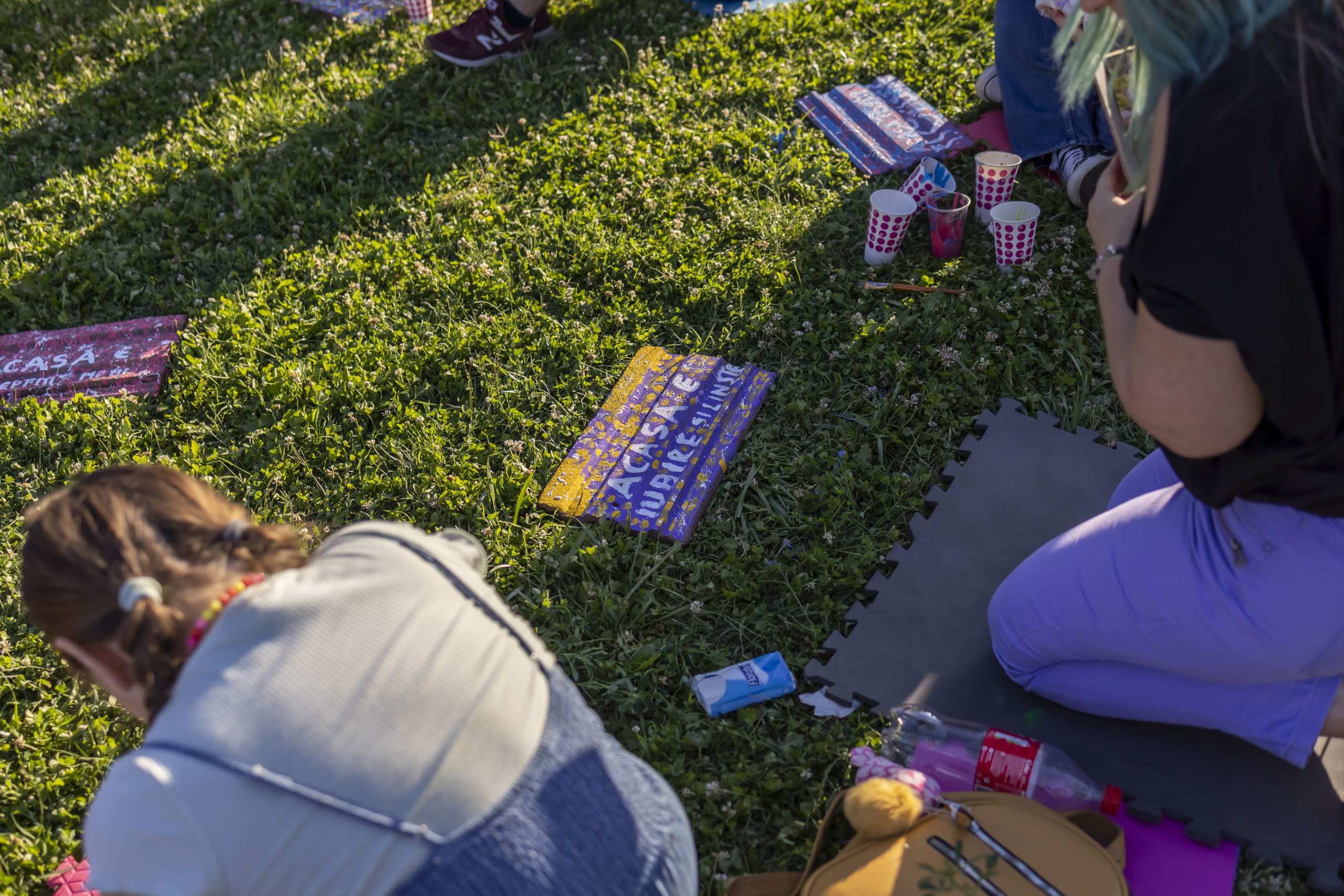
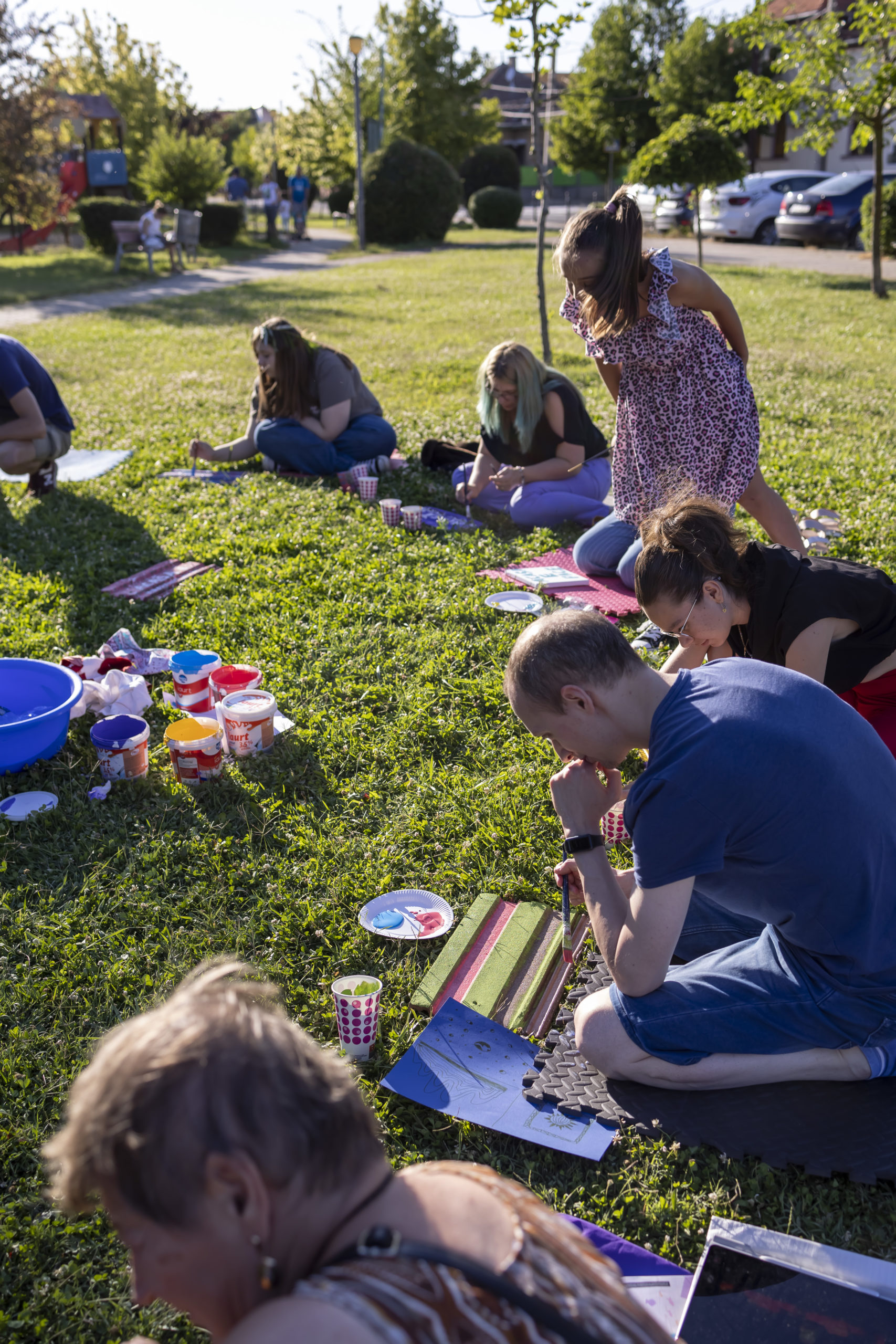
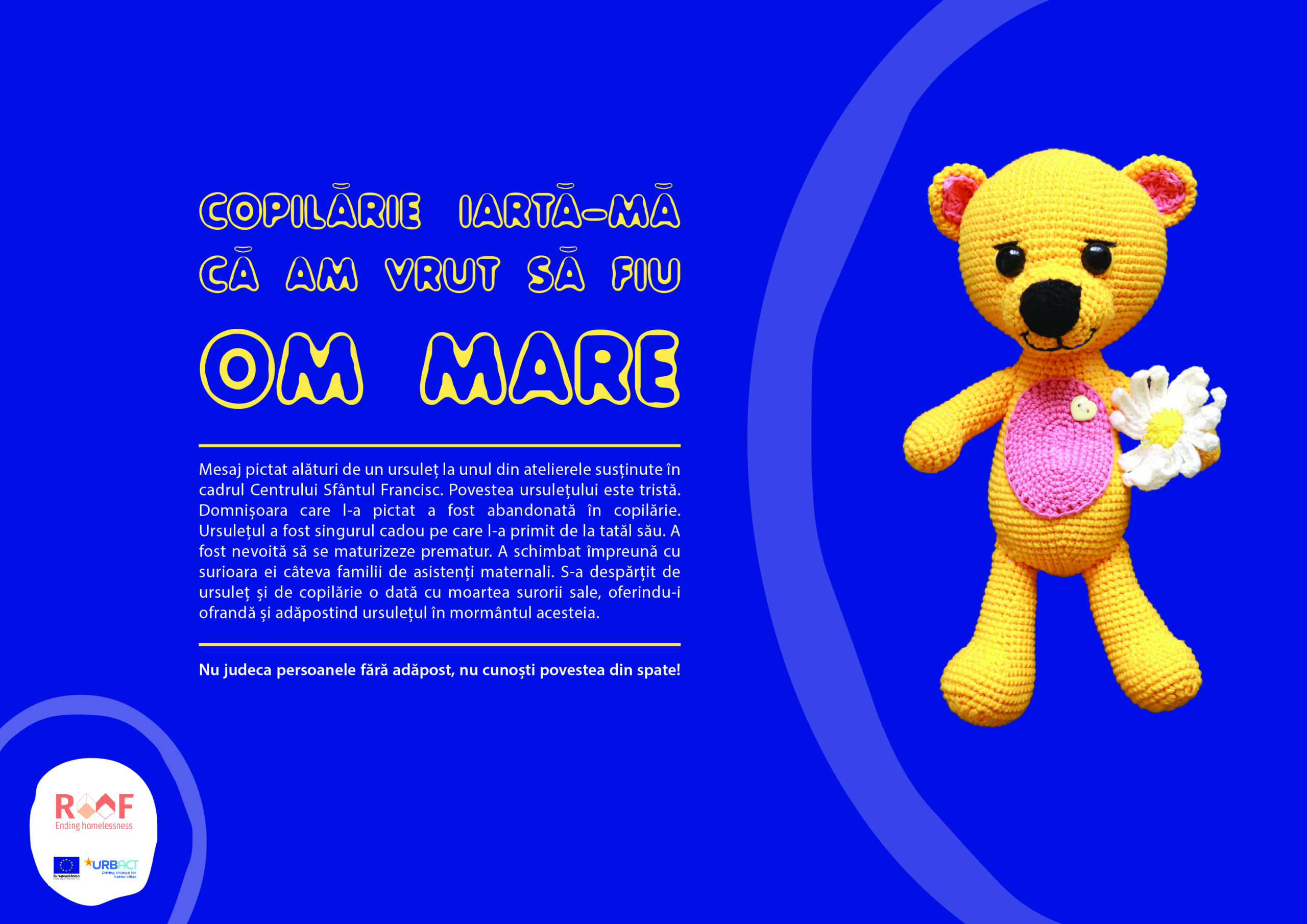
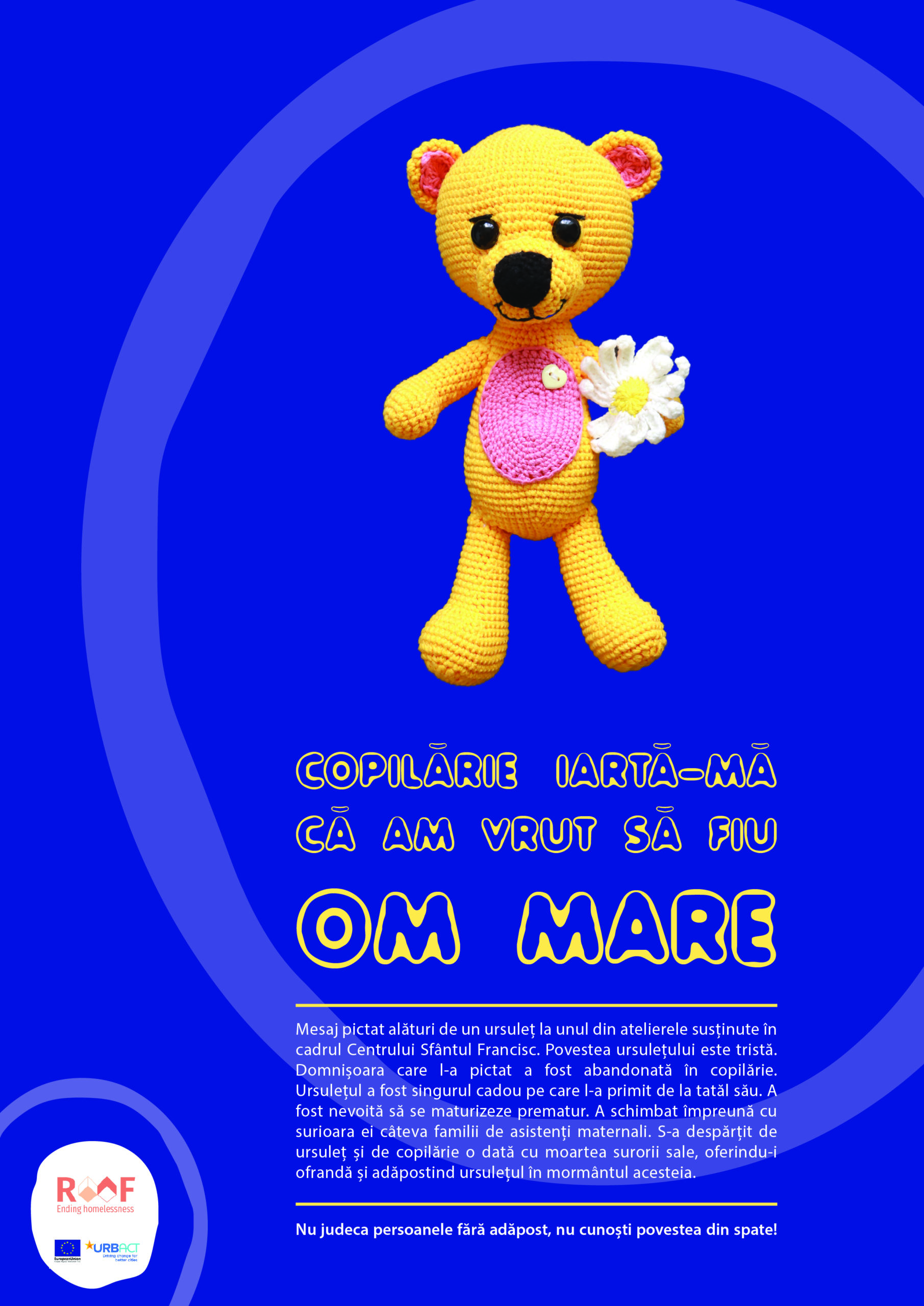
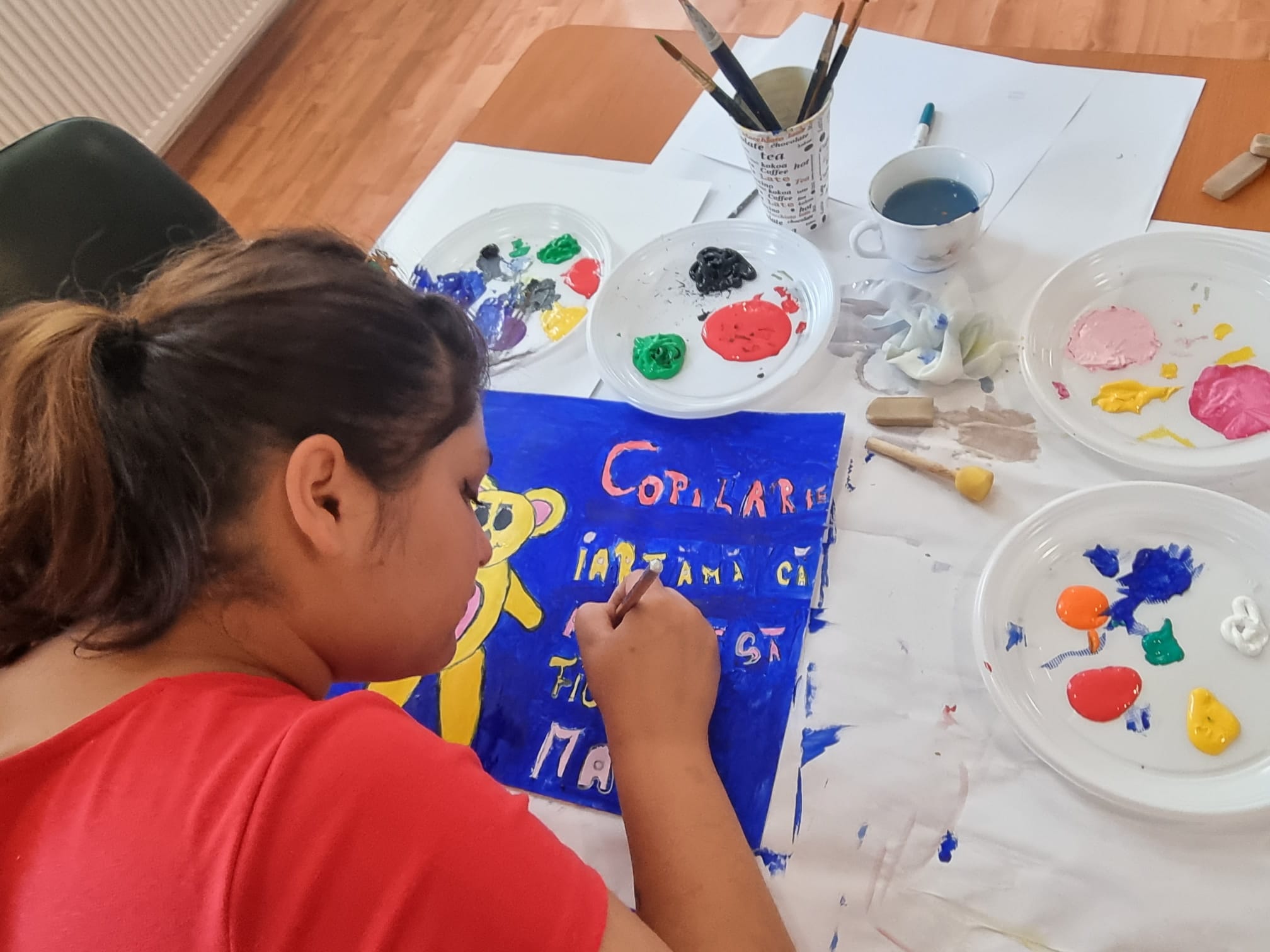
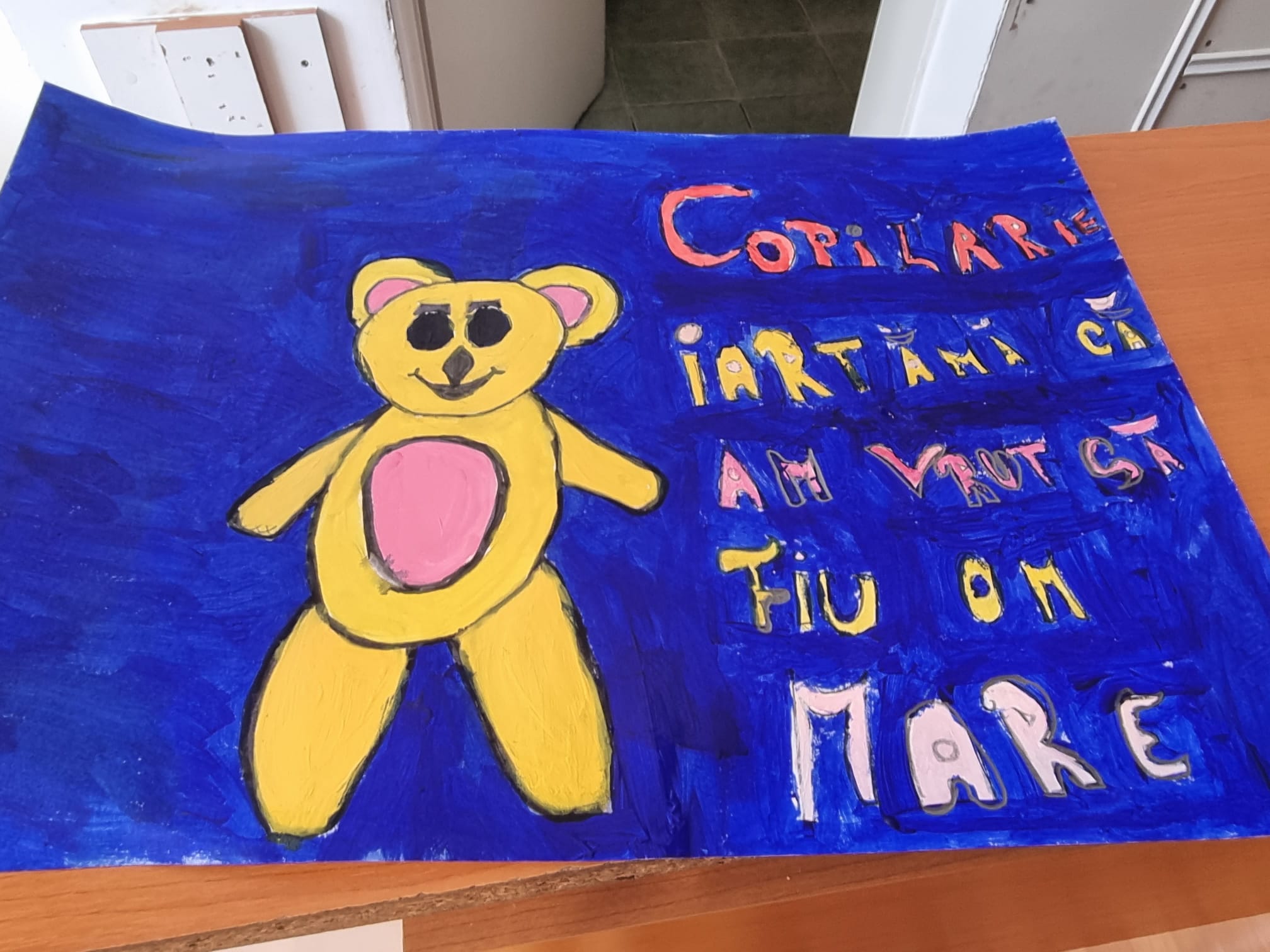
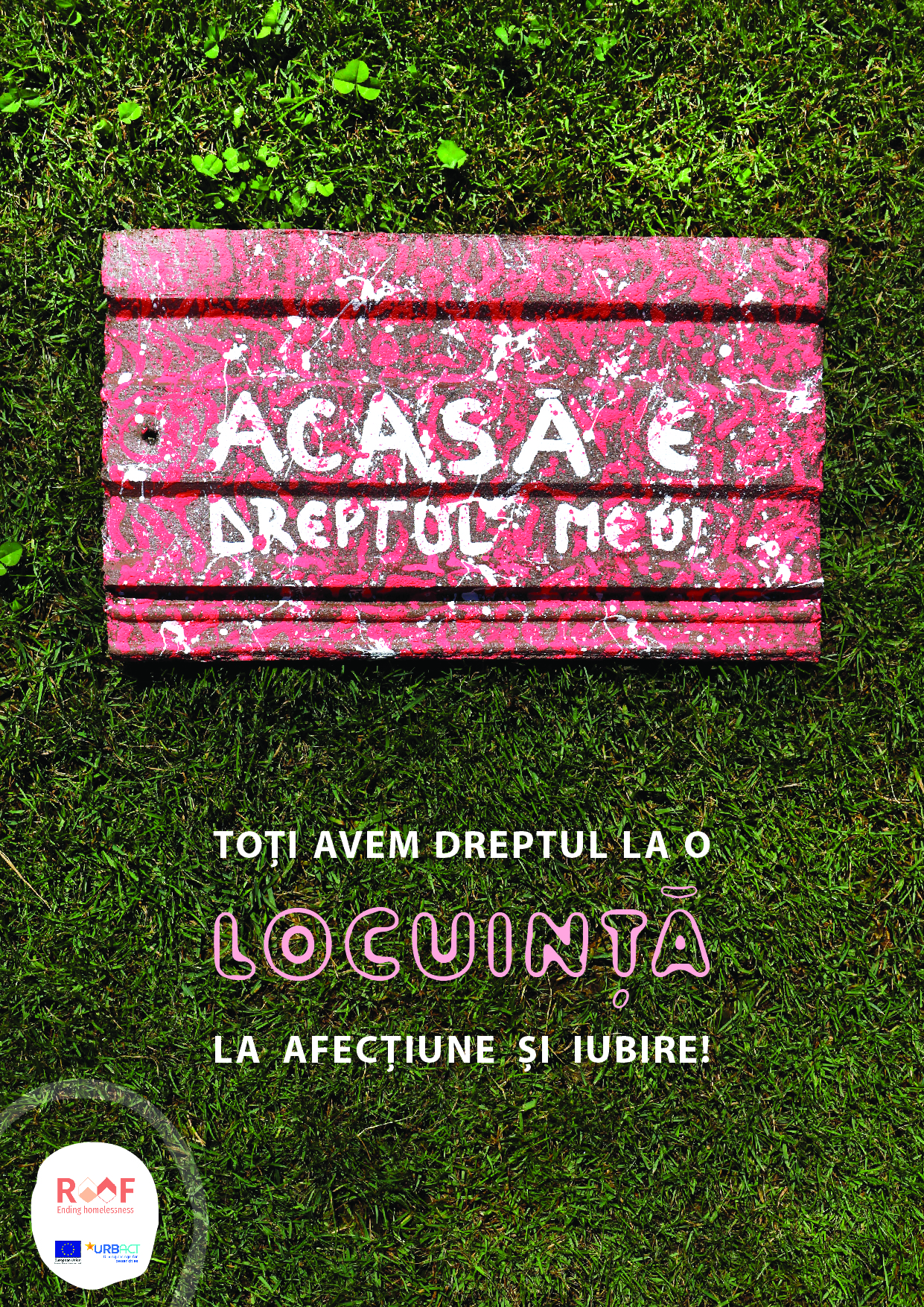
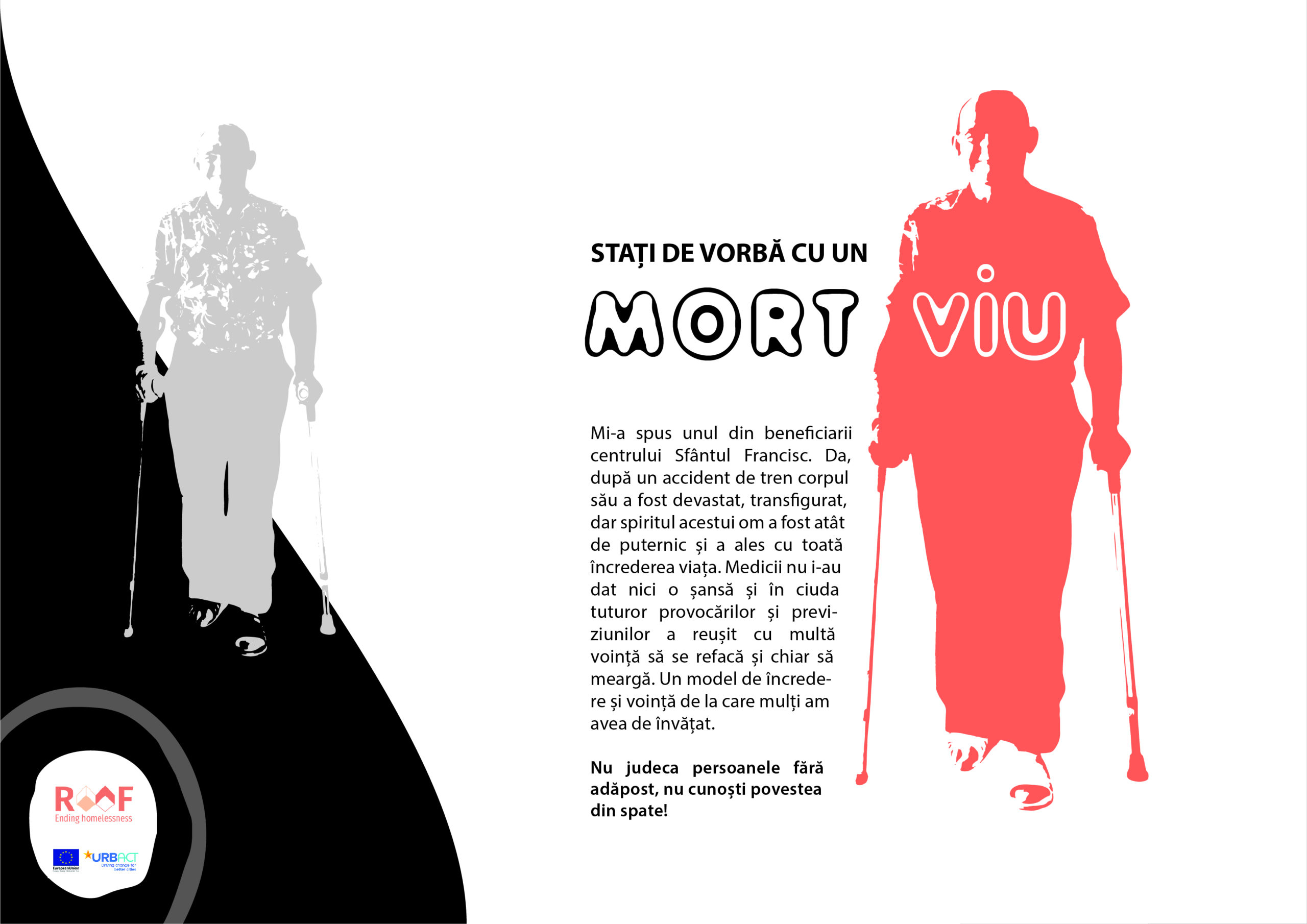
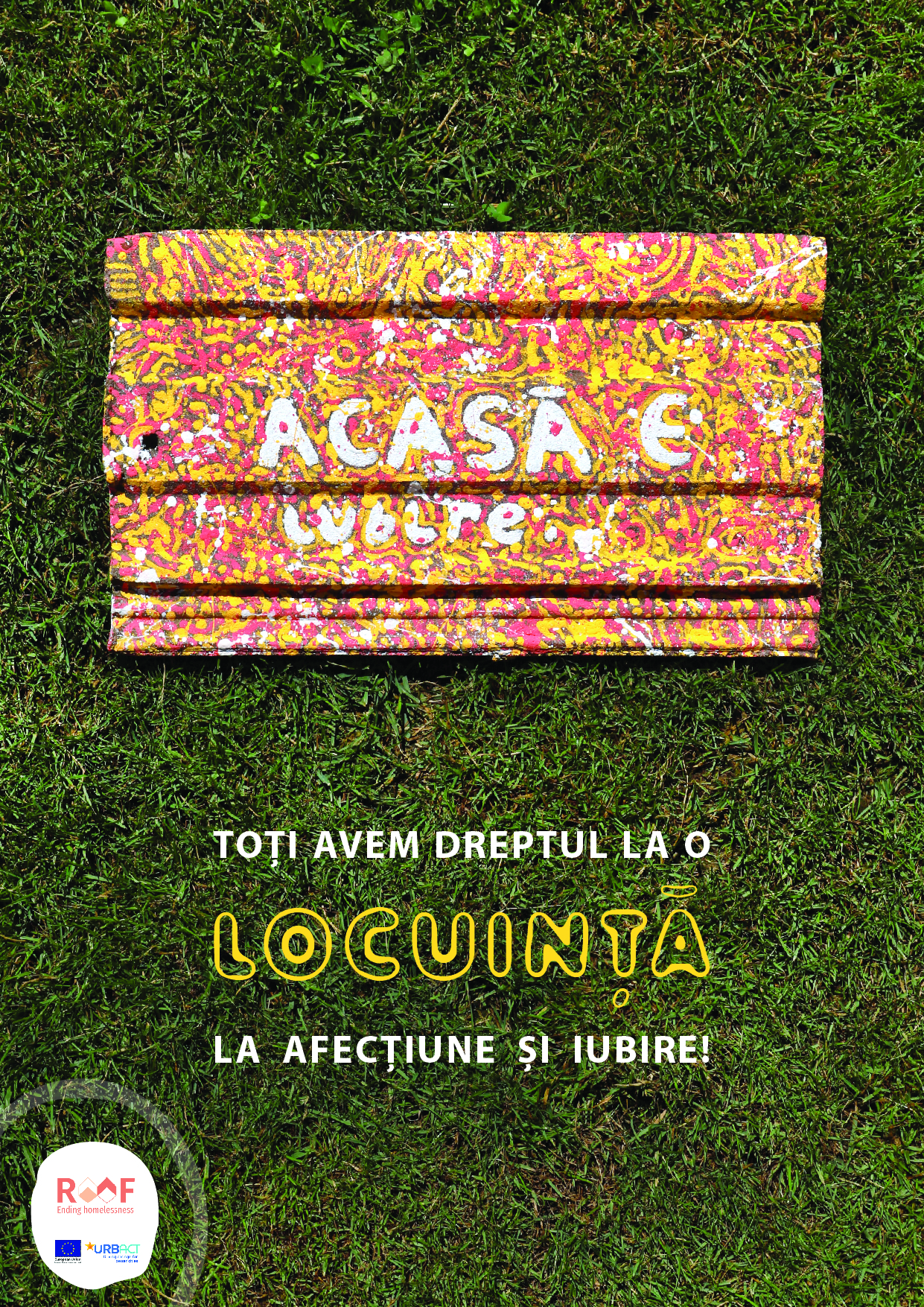
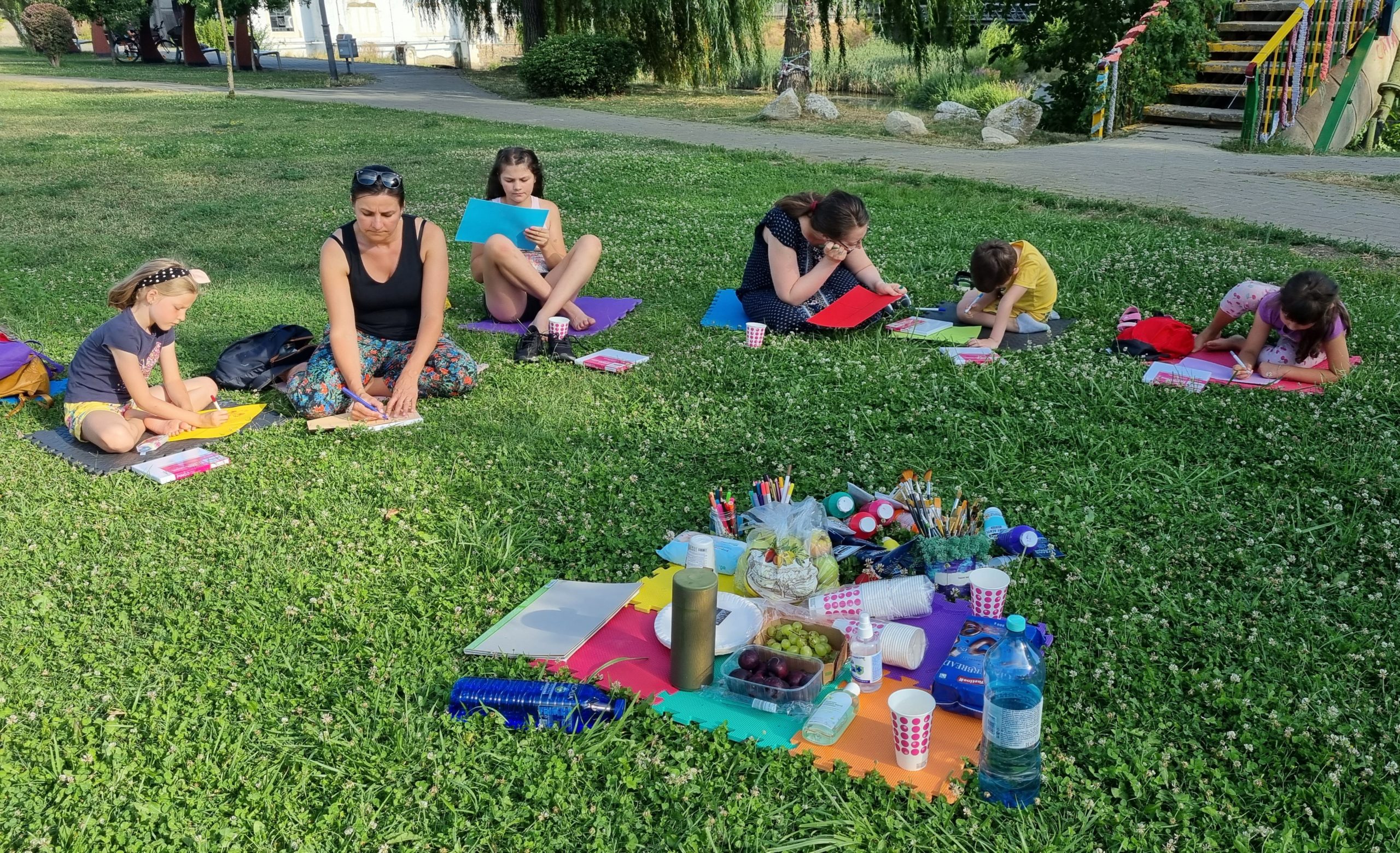
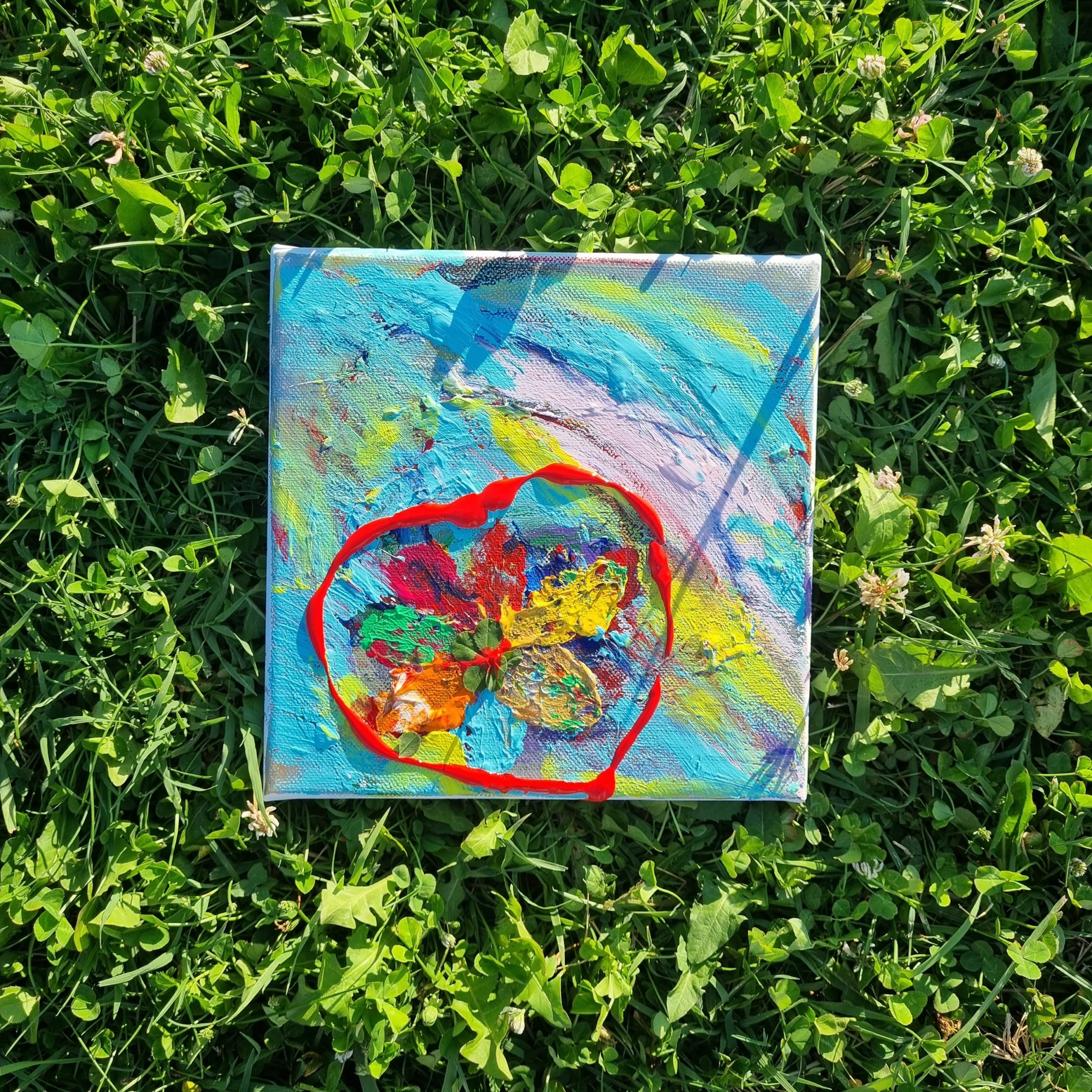
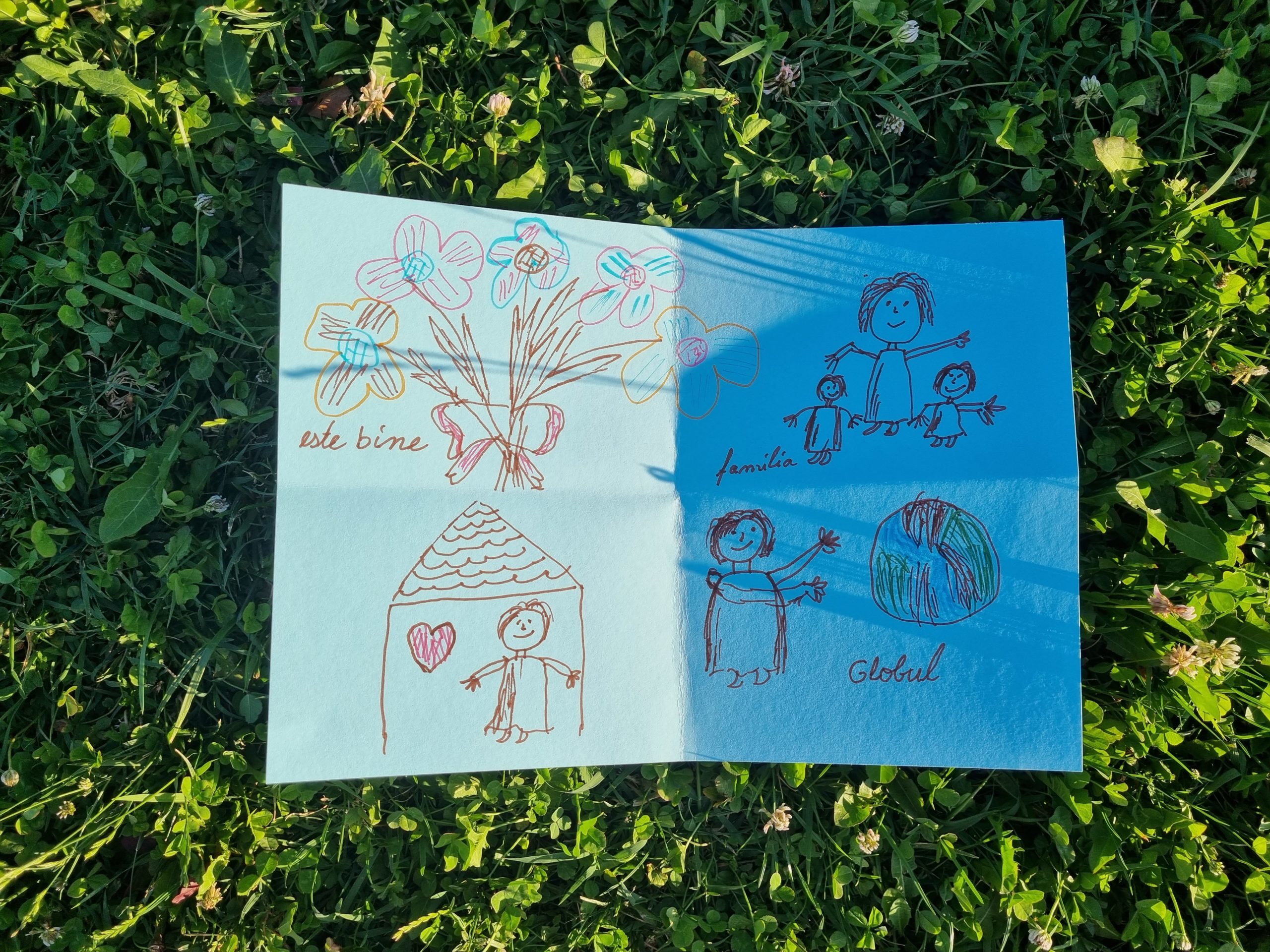
Home on Earth
Installation / Livia Mateiaș
Reclaimed and painted tiles, grass
The Home on Earth project both simplifies and expands the idea of home. After a thorough research on what HOME means through various creative workshops and direct meetings with the beneficiaries, homeless people from the Saint Francis Social Center, as well as other people from outside the center, I visually transposed the ideas that emerged during the meetings. I compressed the idea of the house to the roof and used the tile as a symbol of the roof and by implication the house.
The tiles have been recovered and come from an older settlement. The tile thus comes with its own history, its own beauty, its own wounds and uniqueness. Being painted it is renewed and gets a depth through the message. Each tile symbolizes a house, which comes with its own message of harmony, balance and unity. The circle of grass in the center of the installation symbolizes the earth, and the arrangement of the tiles radially around it conveys precisely this idea of unity, growth and origin. The installation thus acquires a solar aspect and from this perspective a maximum connection with nature is felt. At the same time, the installation conveys as a general message the right of every human being to be safe, to have a roof, a house, to be protected, while maintaining the connection with the earth, with the universe. The roof means protection, safety, peace.
In the Home project we used the following questions for documentation:
What does home mean?
What is our true home?
Is our house made of 4 walls? Is it our body? Our heart?
Is our home the Earth or the Universe?
I received different answers to these questions, among which I would like to mention the following:
Home means love.
Home means safety, family, joy. Our true home is God. The real home is me.
My home is my heart, body, spirit.
Home is where I feel good.
Earth is my home!
Nature is my home.
I'm always at home and I'm never alone.
The whole universe is always with me.
I stop here…beyond the physical body, the universe, and all that sustains life, all people should have the right to a home, a roof that provides safety, peace, and joy.
Homelessness and home posters
First and foremost among the problems faced by homeless people is abandonment, which often occurs in childhood but can also occur in old age. The trauma of abandonment for children raised by foster carers is multiplied with each move of the child to a new family. Questions like:
Why did you abandon me mother?
Why did you abandon me father?
Why me?
Why again?
What did I do wrong?
A young man who can say that he didn't have a childhood and who was moved from family to family 6 times, after his own family abandoned him, certainly has a special sensitivity, he needs the maximum support in addition to this roof, protection, safety and love for his spirit to regain confidence in itself and in people. At another extreme is an old man, left in the street, abandoned by his own family, forgotten by his own children, helpless and afraid of tomorrow. Then there would be the people who at some point in their life suffered an accident and can no longer take care of themselves.
"Talk to a living dead person," one of the beneficiaries of the Saint Francis center told me. Yes, after a train accident his body was devastated, transfigured, but this man's spirit was so strong and he confidently chose life. The doctors didn't give him a chance and despite all the challenges and predictions he managed with a lot of will to recover and even walk. A model of confidence and will that many of us could learn from.
"Childhood, forgive me for wanting to be a big man" - a message painted next to a teddy bear,
at one of the workshops held at the St. Francis center. The story of the teddy bear is sad. The young lady who painted it was abandoned as a child and confided to me that it was the only present she received from her father. She was forced from childhood to mature prematurely. She, along with her sister, also changed several foster families. He parted with the bear and his childhood with the death of his sister, giving her an offering and sheltering the bear in her grave.
Here are just a few of the life stories I heard during my visits to the St. Francis Center. Other issues that need to be mentioned and faced by homeless people are physical abuse, sexual abuse, domestic violence, mental problems, epilepsy, etc.
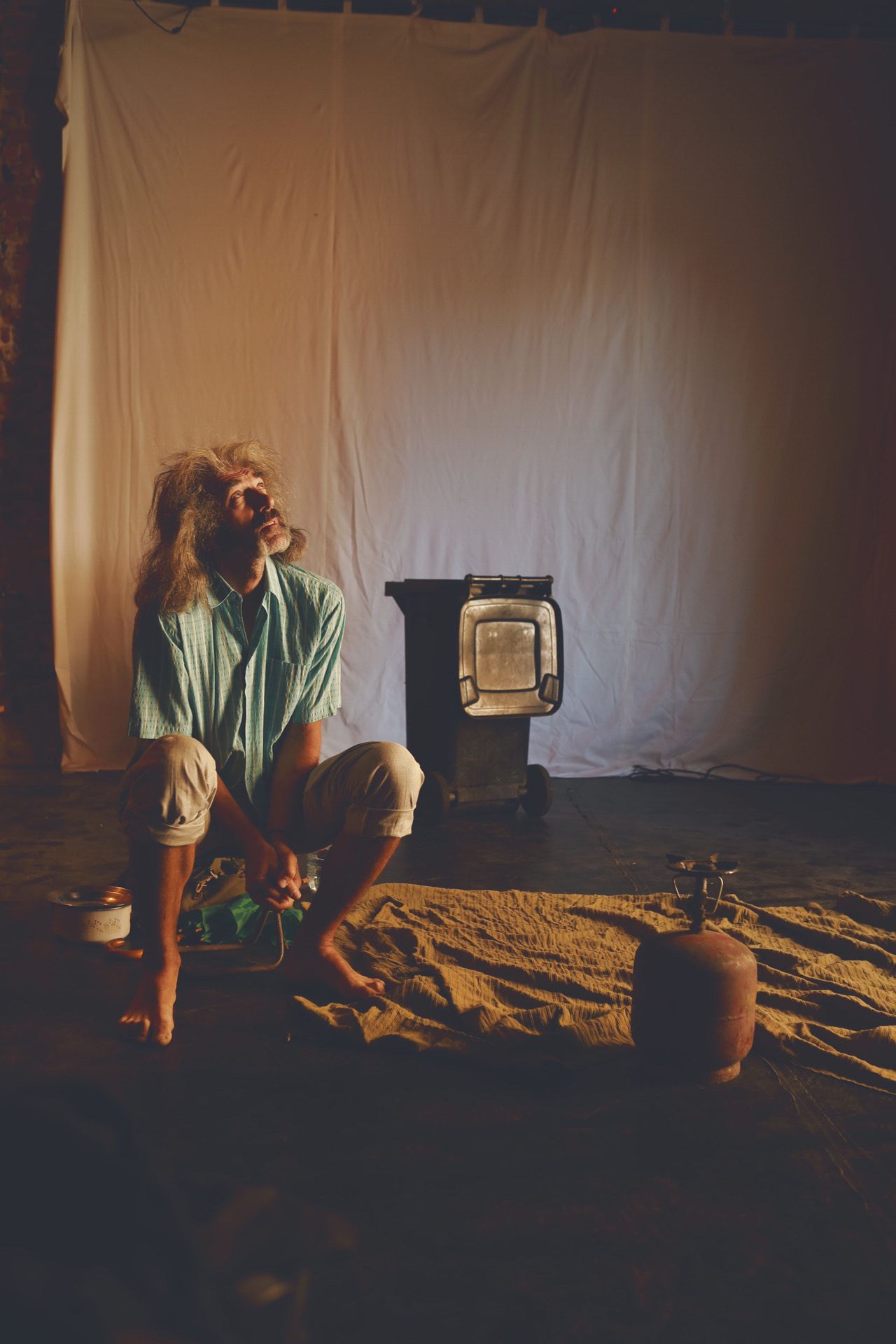
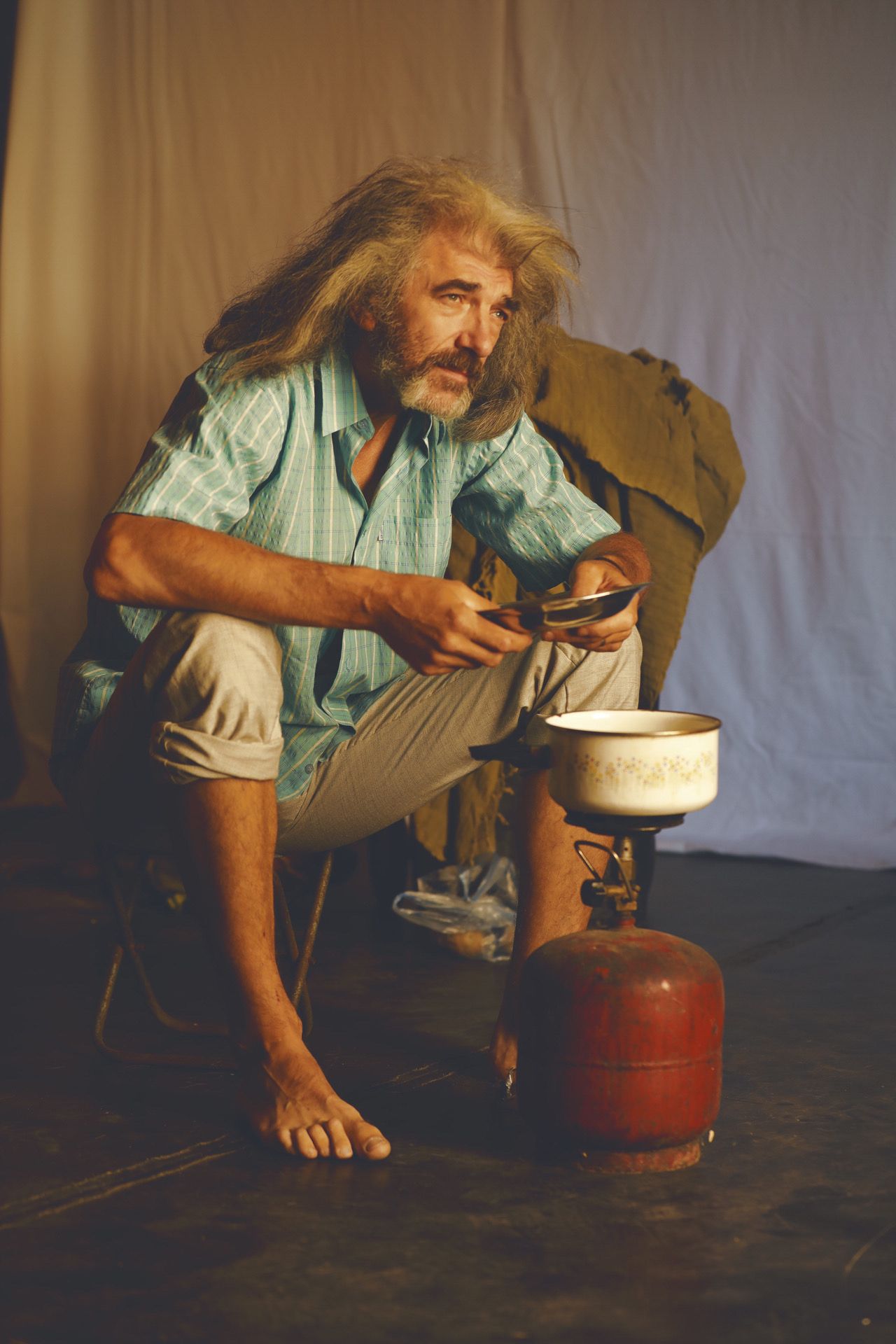
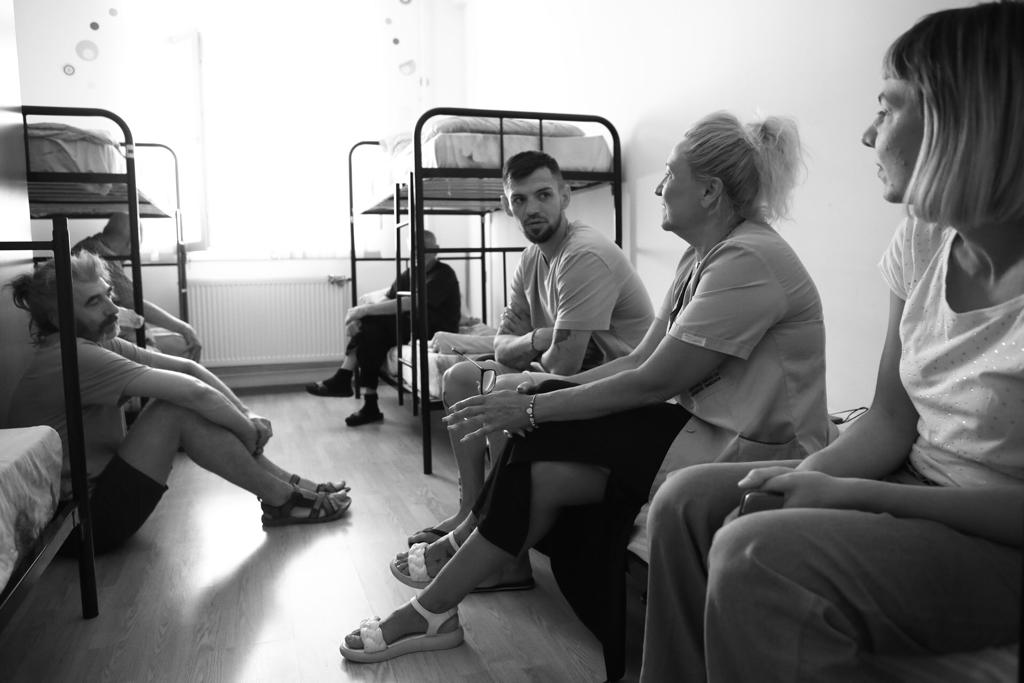
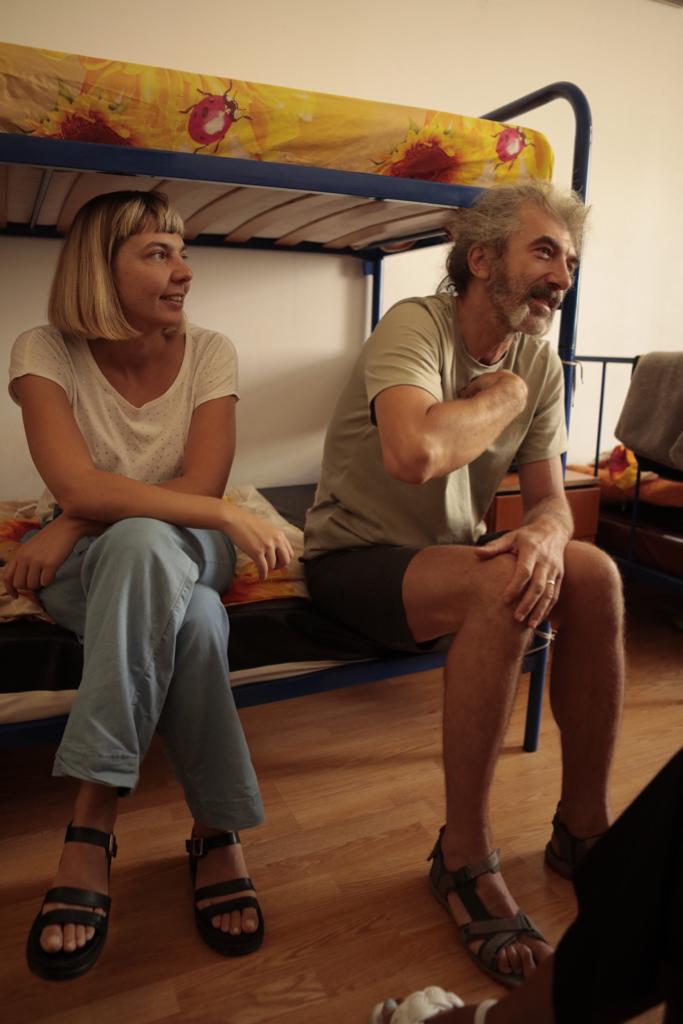
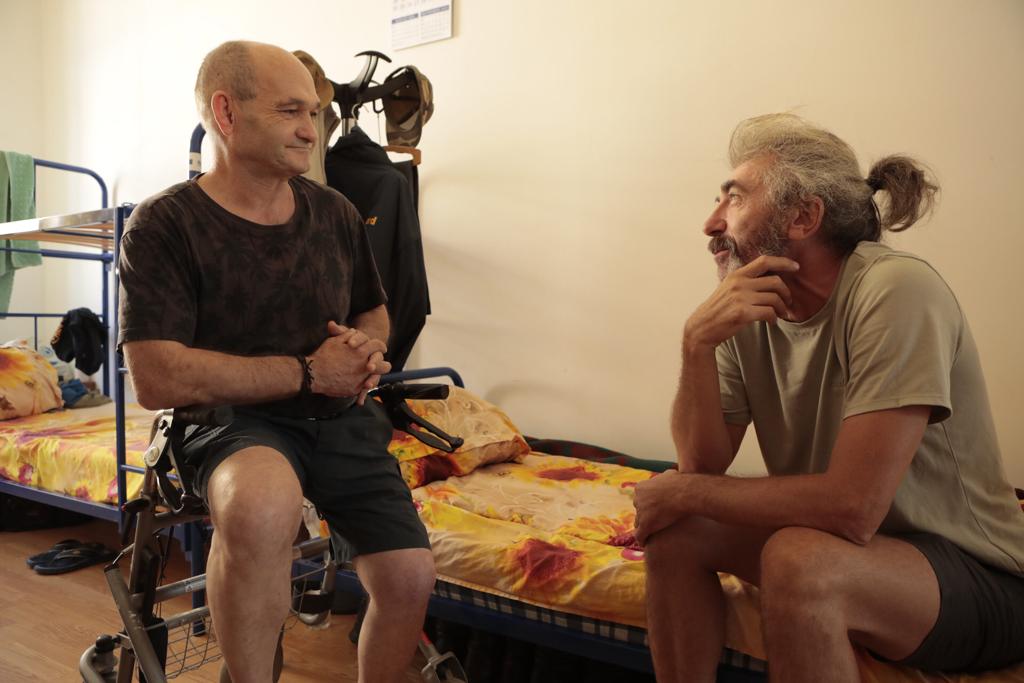
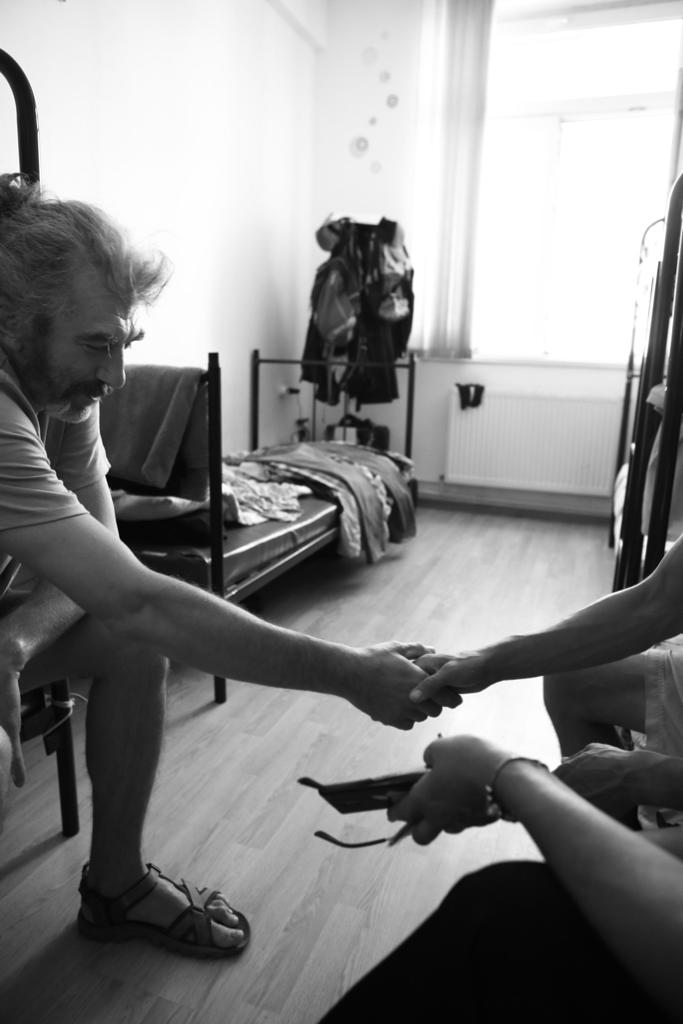
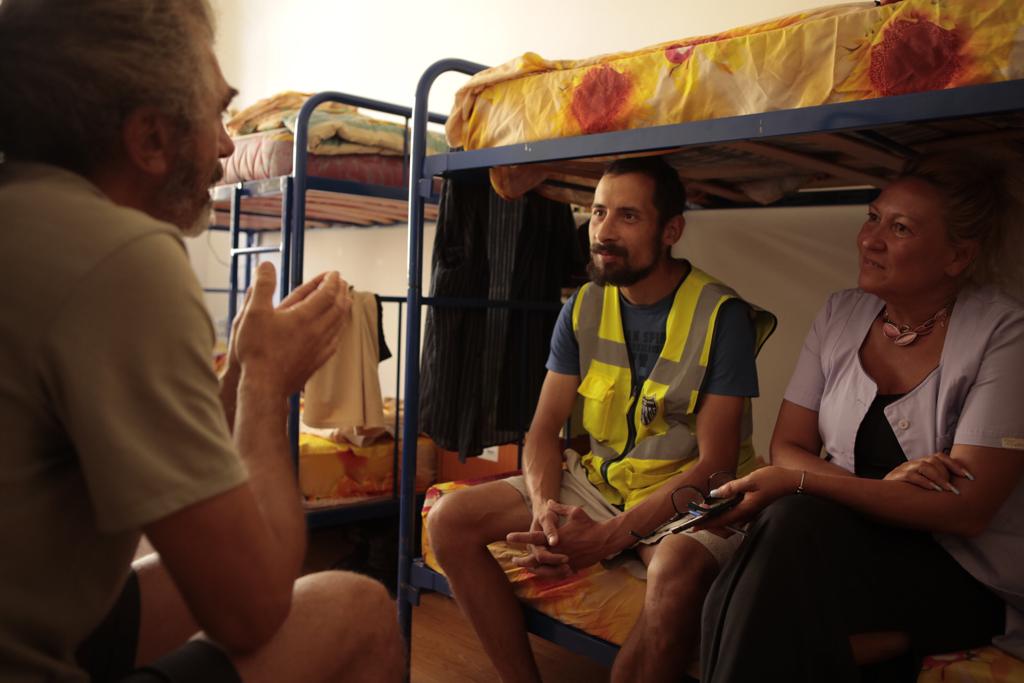
Yes, I would also like to have my own house, my own room, my own bed.
For me it still hasn't connected.
But there is still time.
I have hope.
The sky hasn't fallen in my head yet.
It's still there, overhead.
And maybe one day, it will be good for me too.
You are currently in my living room.
You like?
What would you do if you woke up tomorrow without a roof over your head?
What would you do if tomorrow, you were only left with the sky above?
Only with your clothes on.
Barefoot.
And with a story to tell.
Would you manage?
